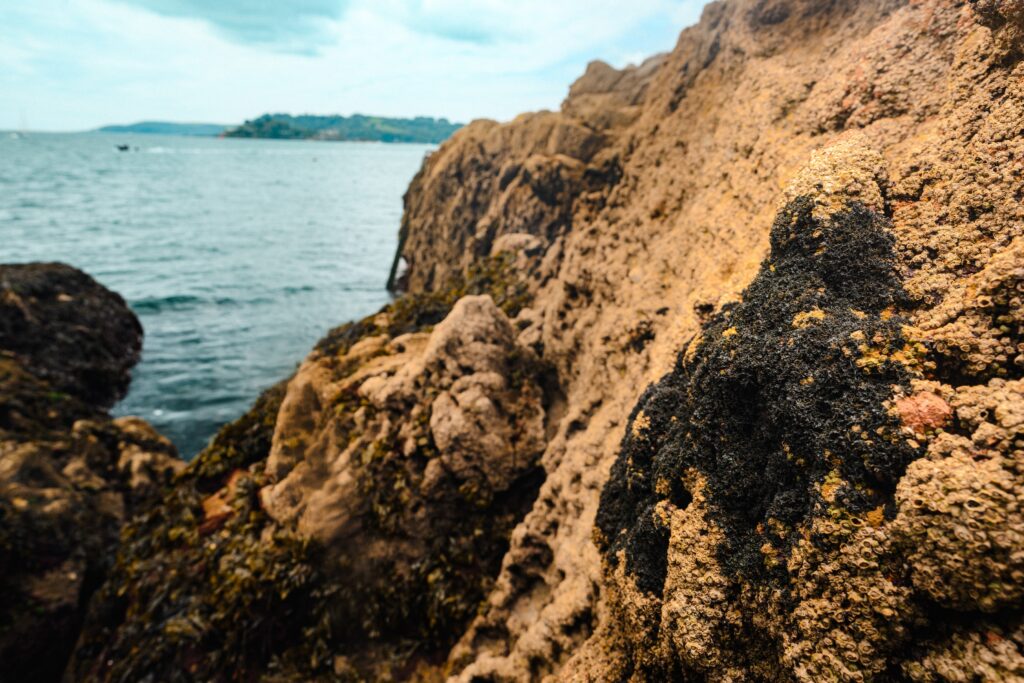
Marine fungi researchers at the Marine Biological Association (MBA) have used molecular techniques to reveal exciting discoveries about marine symbiosis in the lichen Lichina pygmaea.
Lichens are a complex life form that is a symbiotic partnership of two separate organisms, a fungus and an alga.
Historically considered a two-way relationship, some lichen symbioses have been shown to contain multiple photobiont partners; however, the way in which these photobiont communities react to environmental change is poorly understood.
Lichina pygmaea is a marine cyanolichen that inhabits rocky seashores where it is submerged in seawater during every tidal cycle. Recent work has indicated that this lichen has a complex photobiont community.
Researchers from the MBA used metabarcoding, a technique of plant and animal identification based on DNA sequencing and metatranscriptomics; a technique for the characterization of active members of microbial populations and their functions.
The team used these methods of lichen analysis at high and low tide to investigate community response to immersion in seawater.
Postdoctoral Research Assistant Dr Nathan Chrismas, who led the project said: “Understanding of photobiont diversity, responses to environmental change, and the fundamental mechanisms underpinning symbiotic interactions represent key knowledge gaps in our view of lichen biology.”
The results of the project have been published in New Phytologist. Read the full study here: https://nph.onlinelibrary.wiley.com/doi/10.1111/nph.19320